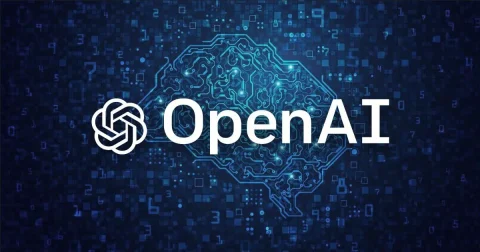OpenAI is a money-making machine right now, bringing in an amazing $13 billion a year. A huge 70% of this money comes from people who pay to chat with its AI, even though only 5% of its 800 million regular users are paying customers. But this huge amount of money is only the beginning of the story.
The company has promised to spend more than $1 trillion over the next ten years, which is a huge amount compared to what it makes now. This huge amount of money is mostly going toward getting the computing power needed for the next generation of AI. Recent deals with big companies like Oracle, Nvidia, AMD, and Broadcom will give them more than 26 gigawatts of computing power.
The fact that OpenAI is worth so much on the market shows how sure it is of itself. The company recently sold some shares, which raised its value to an all-time high of $500 billion. This made it the most valuable private startup in the world. This value has gone up a lot since the beginning of the year, when it was only $300 billion.

Even with this strong support from the market, the company still has a long way to go to reach its financial goals. Reports say that the company expects to lose $155 billion in cash and is still running at a loss, with a recent loss of $13.5 billion. Some analysts have started to wonder if its trillion-dollar promises are long-term.
A Five-Year Plan for OpenAI to Reach a Trillion-Dollar Goal
OpenAI is using a creative and aggressive five-year plan to close this financial gap. The plan is to branch out a lot more than just consumer subscriptions. The company is actively looking for new ways to make money, such as by going after government contracts that pay well and making shopping tools, video services, and even consumer hardware through a partnership with former Apple designer Jony Ive.
OpenAI is also thinking about becoming its own computing supplier as part of a strategic shift. It would sell its extra computing power to other companies from its large Stargate data center. This move might help it deal with the huge costs of its own infrastructure.
The risks of this plan go far beyond OpenAI. OpenAI is now responsible for fulfilling major contracts for some of the most valuable companies in the United States. If the AI leader fails to meet its trillion-dollar goals, it could cause problems for the rest of the U.S. market. This makes its five-year race to turn billions into trillions one of the most closely watched business stories.






